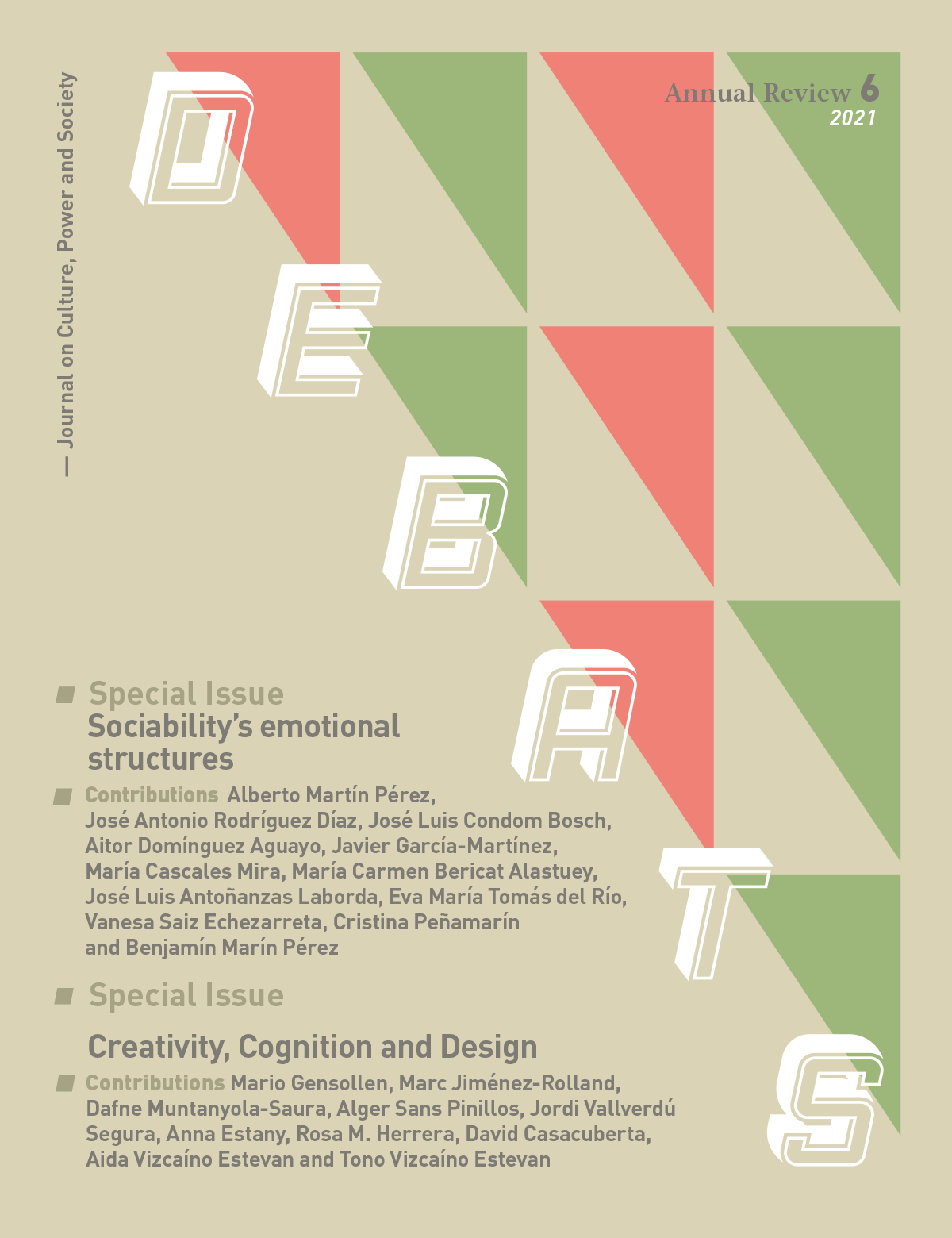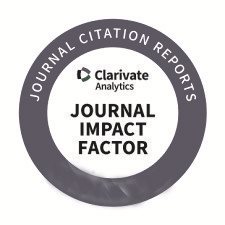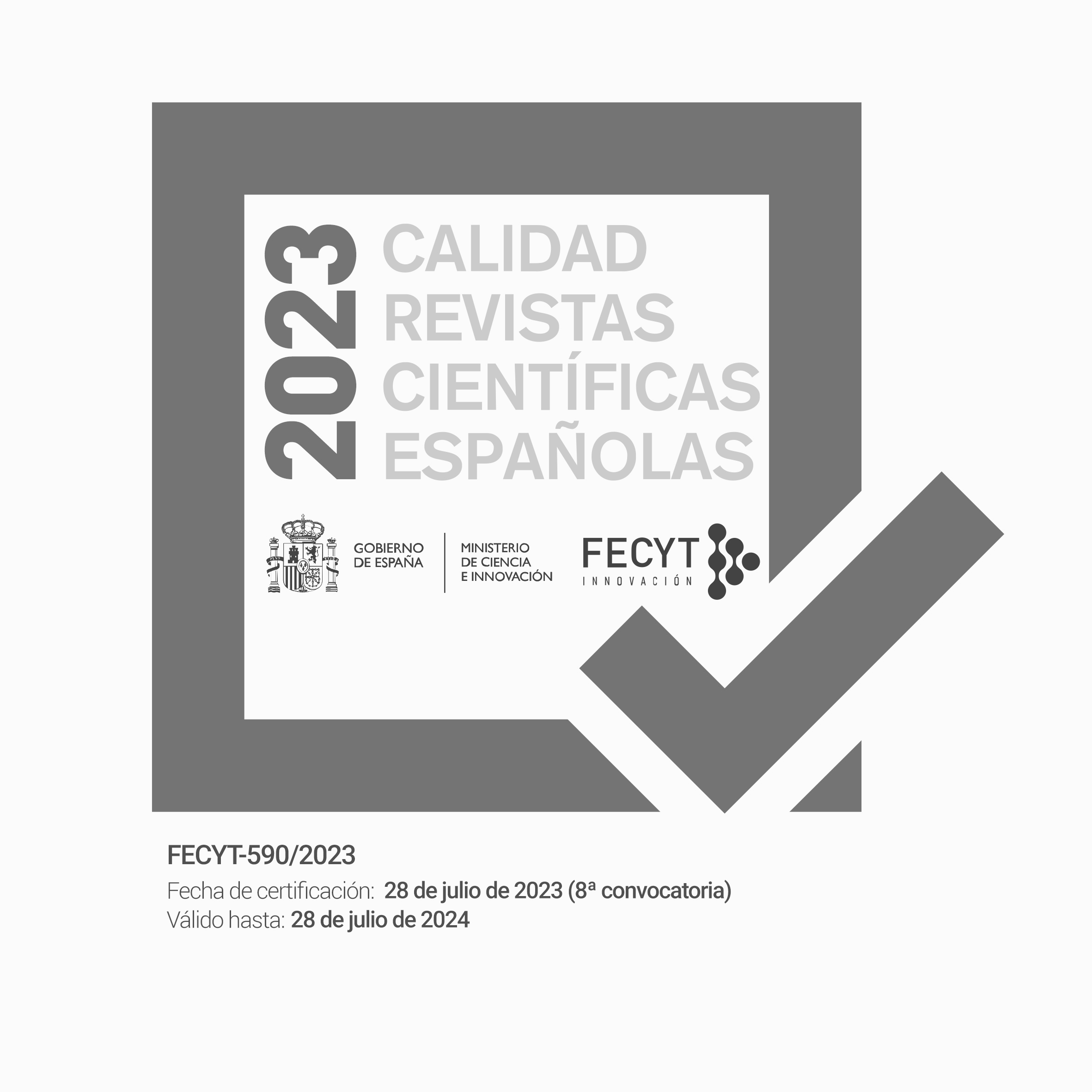Cognitive Models for Gastronomic Creation and Innovation
DOI:
https://doi.org/10.28939/iam.debats-en.2021-11Abstract
Based on the reflections of super-chef Ferran Adrià and his team at el Bulli restaurant, this
paper explores how certain creative mechanisms, techniques and procedures surrounding
avant-garde gastronomy can be analysed from an enactivist model of cognition in order to:
(1) understand creativity in the kitchen; (2) characterise culinary innovation processes; (3)
establish whether some of these processes are general enough to be re-used in other fields
and so broaden our theoretical understanding of the processes and mechanisms involved
in creation and innovation. We present those features that are specific to gastronomy as a
creative process to distinguish them from others that are generic enough to form part of a
larger family of creative processes. The paper seeks to present new perspectives on both
subject-specific and generic creation processes in haute cuisine.
Downloads
References
Accum, F. C. (1821). Culinary Chemistry, Exhibiting the Scientific Principles of Cookery. London: R. Ackermann.
Adrià, F. (1998). Los Secretos de el Bulli: recetas, técnicas y reflexiones. Altaya.
Adrià, F. and Pinto. J. M. (2015) “Sapiens: Una metodología para entender la gastronomía”. ELISAVA Temes de
Disseny, Issue 31, Barcelona: Elisava, pp. 10-21.
Ahn, Y. Y. and Ahnert, S. E., Bagrow, J. P., and Barabási, A. L. (2011). “Flavor network and the principles of food
pairing”. Nature Scientific reports, Issue 1.
Appert, N. (1810). L’art de conserver pendant plusieurs années toutes les substances animales et végétales. Paris:
Chez Patris.
Arenós, P.; Jardí, E. (1999). Los genios del fuego: quiénes son, cómo crean y qué cocinan 10 chefs de vanguardia.
Barcelona: Ediciones Península.
Brillat-Savarin, J.A. (1828). The Physiology of Taste, or, Meditations on Transcendental Gastronomy. Translator M.
F. K. Fisher. Washington, DC: Counterpoint Press.
Carnap, R. (1928). Der logische Aufbau der Welt. Berlin: Schlachtensee. Celant G. (2015). Arts and Design. Rituals
since 1851. Milan: Electa.
Celant G. (2015). Arts and Design. Rituals since 1851. Milan: Electa.
Castells, P. and Perelló, J. (2010). “Materia Condensada. Cocinar Ciencia” in Cocinar ciencia. Materia condensada.
Barcelona: Actar.
Christensen, B. T., and Pedersen, J. S. (2011). Evaluative Practices in the Culinary Field – A Case of Restaurant
Rankings. Copenhagen Business School, 2-20.
Cousins, J., O’Gorman, K., and Stierand, M. (2010). Molecular gastronomy: cuisine innovation or modern day
alchemy? International Journal of Contemporary Hospitality Management.
Cross, N. (2007). Creativity: Flow and the Psychology of Discovery and Invention. New York: Harper & Collins.
De Solier, I. (2010). Liquid nitrogen pistachios: Molecular gastronomy, el Bulli and foodies. European Journal of
Cultural Studies, 13(2), 155-170.
Domene, M. (2013). El Bulli: Contemporary Intersections between Food, Science, Art and Late Capitalism. Barcelona
Investigación Arte Creación, 1(1), 100-126.
Dorst K. (2006). “Design Problems and Design Paradoxes”. Design Issues, vol. 22, Issue 3 (Summer), pp. 4-12.
Editorial, T. C. (2017). Terminàlia parla amb... Carme Ruscalleda i Serra, primera xef catalana que aconsegueix set
estrelles Michelin. Terminàlia, 38-41.
Eloire, F. (2018). The Bourdieusian conception of social capital: a methodological reflection and application. In Forum
for Social Economics (Vol. 47, No. 3-4, pp. 322-341). Routledge.
Fundación Alicia and el Bulli Taller (2006). Léxico científico gastronómico. Barcelona: Planeta.
Harari, Y. N. (2014). Sapiens. De animales a dioses: Una breve historia de la humanidad. Debate.
Hawkes, C. H., and Doty, R. L. (2009). The neurology of olfaction. Cambridge University Press.
Hegarty, J., and Antun, J. (2010). Is the Chemical Chef Dividing Culinary Arts and Gastronomy? Journal of Culinary
Science and Technology. Volume 8. Issue 2-3 pp. 73-82.
Hutchins, E. (1995). Cognition in the Wild (No. 1995). MIT Press.
Keast, R. S., and Costanzo, A. (2015). Is fat the sixth taste primary? Evidence and implications. Flavour, 4(1), 5.
Korsmeyer, C. (2002). Making sense of taste: Food and philosophy. Cornell University Press.
Kurti, N. (1980). “The physicist in the kitchen.” New Scientist Issue 88, pp. 786-9.
López-Alt, J. K. (2015) The Food Lab: Better Home Cooking Through Science. W. W. Norton & Company.
Lyman, B. (2012). A Psychology of Food: More than a matter of taste. Springer Science & Business Media.
Maes, P. (1994). “Agents that reduce work and information overload”. 2 Communications of the ACM, 37(7), pp.
-40.
McGee, H. (1984). On food and cooking: the science and lore of the kitchen. New York: Simon and Schuster.
Morrot, Brochet and Dubourdieu G. (2001) The Color of Odors. Brain and Language.
Myhrvold, N. (2011). Modernist Cuisine. Cologne, Germany: Taschen.
Noë, A. (2015). Strange Tools: Art and human nature. Hill and Wang.
Opazo, M. P. (2012). Discourse as driver of innovation in contemporary haute cuisine: The case of el Bulli
restaurant. International Journal of Gastronomy and Food Science, 1(2), 82-89.
–– (2016). Appetite for Innovation: Creativity and change at el Bulli. Columbia University Press.
Plato. La República A: Diàlegs, vol. X. Introduction and translation by Manuel Balasch. Barcelona: Fundació Bernat
Metge, 1989.
Robberechts, D., Lahousse, B., Coucquyt, P., and Langenbick, J. (2015). U.S. Patent Application No. 14/165,455.
Sarrias, T. (2019) Punt de Vista. Entrevista a Carme Ruscalleda. RTVE. https://www.rtve.es/alacarta/videos/puntsde-
vista/punts-vista-entrevista-carme-ruscalleda/5480837/ (last accessed 11/08/2020)
Simon, H. A. (1996). The Sciences of the Artificial (Vol. 136). Cambridge: MIT Press.
Stewart, J. E., Feinle-Bisset, C., Golding, M., Delahunty, C., Clifton, P. M., and Keast, R. S. (2010). Oral sensitivity
to fatty acids, food consumption and BMI in human subjects. British Journal of Nutrition, 104(1), 145-152.
This, H. (1999). “Nicholas Kurti, one of the founding fathers of molecular gastronomy”. Acta Physica Hungarica
New Series-Heavy Ion Physics, 10(1), 21-28.
This, H. (2002). Casseroles et éprouvettes. Paris: Berlin pour la science.
Thompson, E. (2010). Mind in life. Harvard University Press.
Todolí, Vicente; Hamilton, Richard (editor) (2009). Menjar per pensar, pensar per menjar. Barcelona: Actar.
Vilar, G . (2018). La cognificació de l’art. Quaderns de filosofia, 5(2), 11-28.
Vilar, G. and Jacques, J. (2010) “Feeding thought: por una filosofía de la gastronomía y la cocina” Disturbis. Autumn
[on line]. Retrieved from www.disturbis.esteticauab.org/DisturbisII/Indice_12.html (last accessed 11/04/2019).
Downloads
Published
How to Cite
Issue
Section
License
Without prejudice to the provisions of article 52 of Spanish Law 22/1987 of November 11 on Intellectual Property, BOE (official state bulletin) of November 17, 1987, and pursuant to said legislation, the author(s) surrender(s) free of charge its rights of edition, publication, distribution and sale of the article, for its publication in Debats. Journal on Culture, Power and Society.
Debats. Journal on Culture, Power and Society is published under the Creative Commons license system in accordance with the «Recognition - Non-Commercial (by-nc) modality: The generation of derivative works is permitted provided that commercial use is not made. Nor can the original work be used for commercial purposes».
Thus, when the author submits his/her contribution, he/she explicitly accepts this assignment of publishing and publishing rights. Authors also authorize Debats. Journal on Culture, Power and Society to include their work in an issue of the journal to be distributed and sold.











